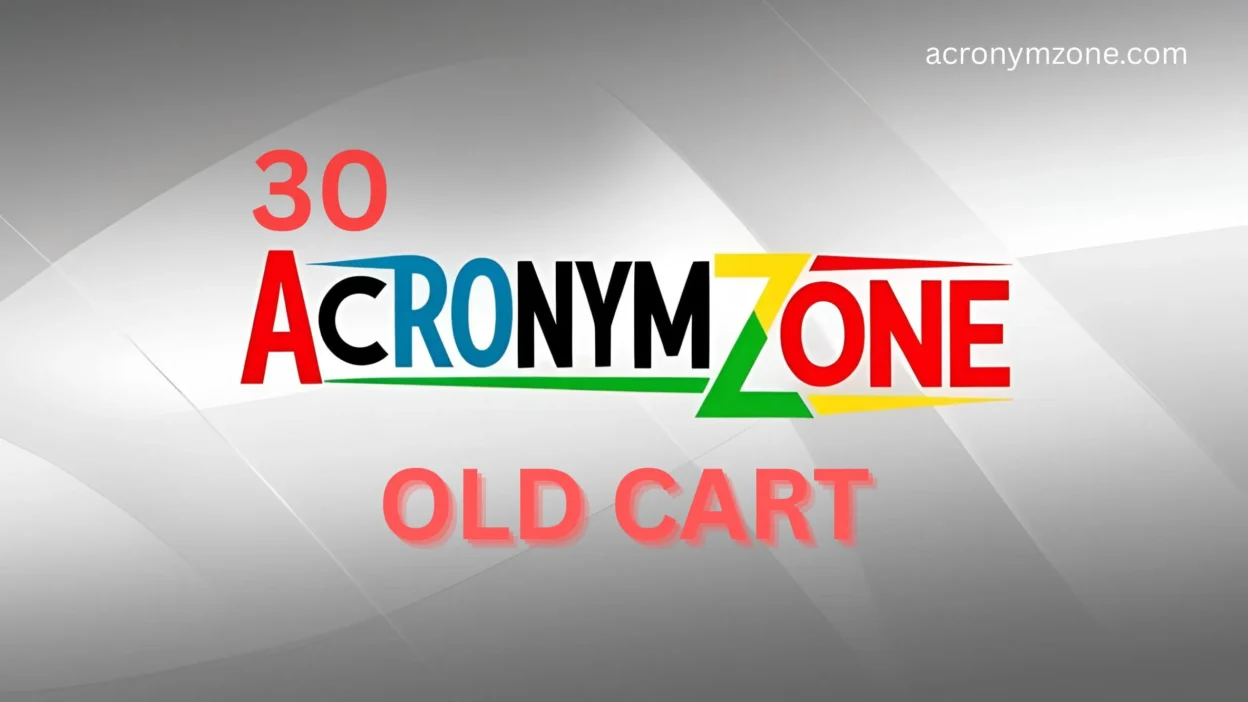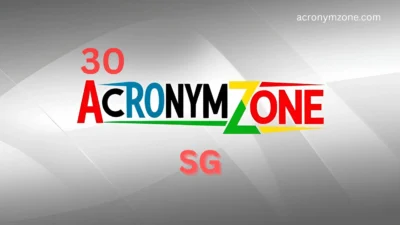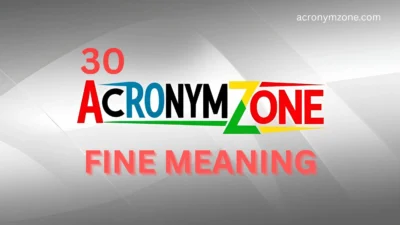If you’ve ever worked in healthcare, nursing, or medical training, chances are you’ve heard of the acronym OLD CART. It’s a memory tool used to assess patient symptoms effectively and thoroughly. The letters stand for:
- O – Onset
- L – Location
- D – Duration
- C – Characteristics
- A – Aggravating factors
- R – Relieving factors
- T – Timing
This framework helps healthcare professionals gather detailed information about symptoms in a structured way. But even though OLD CART is the gold standard, it’s not the only way to approach symptom assessment.
In fact, there are several alternative acronyms—each with its own emphasis, structure, or situational strength.
Whether you’re a nurse, doctor, student, or caregiver, understanding these alternatives can help you tailor your assessment to fit the moment. Let’s explore 30 alternatives to OLD CART, including when to use each and how they differ in tone, context, and depth.
🔤 30 Acronyms Like OLD CART and When to Use Them
- OPQRST
Onset, Provocation, Quality, Radiation, Severity, Time
👉 Common in EMS and ER settings. Focuses on pain assessment, especially in emergencies. - SAMPLE
Symptoms, Allergies, Medications, Past history, Last meal, Events leading up
👉 Great for quick trauma or emergency history checks. - PQRST
Provocation, Quality, Region, Severity, Time
👉 A stripped-down version of OPQRST; concise and focused on pain. - OLDCARTS
OLD CART + Severity
👉 Adds a crucial severity measure. Use when you want to quantify pain or discomfort. - SOCRATES
Site, Onset, Character, Radiation, Associations, Timing, Exacerbating/relieving, Severity
👉 Comprehensive and detailed. Often used for pain or chronic conditions. - CHLORIDEPP
Character, History, Location, Onset, Radiation, Intensity, Duration, Events, Palliative, Provocative
👉 Very detailed—ideal for complex or unclear symptom presentations. - HPI (History of Present Illness)
👉 A broad approach that may include multiple frameworks depending on context. - PQRSTU
Provokes, Quality, Region, Severity, Time, Understanding
👉 Adds “Understanding,” making it patient-centered. - LICARA
Location, Intensity, Character, Aggravating, Relieving, Associated symptoms
👉 Focuses on pain and symptom characteristics. - ABCDEFG
Airway, Breathing, Circulation, Disability, Exposure, Fahrenheit (temp), Glucose
👉 Not symptom-focused per se but helpful in emergency primary surveys. - COLDSPA
Character, Onset, Location, Duration, Severity, Pattern, Associated factors
👉 Nursing-focused; blends OLD CART with a holistic view. - AMPLE
Allergies, Meds, Past history, Last meal, Events
👉 Trauma assessment staple; a variation of SAMPLE. - PAIN
Pattern, Area, Intensity, Nature
👉 Simplified tool for basic pain checks. - TACOS
Tobacco, Alcohol, Caffeine, OTC meds, Street drugs
👉 Great adjunct to symptom assessment for lifestyle context. - NOPQRST
Neurological version of OPQRST
👉 Tailored to neuro symptoms like headaches or dizziness. - PAM HUGS FOSS
Past Medical, Allergies, Meds, Hospitalizations, Urinary, GI, Sleep, Family, OB/GYN, Sexual, Social
👉 Comprehensive health history tool; often used in full patient assessments. - WILDA
Words, Intensity, Location, Duration, Aggravating/Alleviating
👉 Very direct and simple pain assessment method. - SHED
Site, History, Events, Duration
👉 Basic but fast. Use when time is short but structure is needed. - SACRED
Signs, Allergies, Complaints, Relieving, Events, Duration
👉 A rare but structured approach, especially for general illness. - QUEST
Quality, Understanding, Environment, Symptoms, Time
👉 Integrates psychosocial factors—good for mental health or holistic care. - HEART
History, EKG, Age, Risk factors, Troponin
👉 Used in chest pain workups, especially for cardiac risk. - PEARL
Pupils Equal And Reactive to Light
👉 Not a full assessment acronym, but often part of neuro checks. - DRG
Duration, Radiation, Grade
👉 Super concise. Best for recurring or known issues. - SOAP
Subjective, Objective, Assessment, Plan
👉 Charting format that often incorporates OLD CART info. - RAPID
Respiratory, Airway, Pulse, Injury, Disability
👉 Triage tool, not symptom-specific, but part of first-response logic. - HEADSS
Home, Education, Activities, Drugs, Sexuality, Suicide
👉 Adolescent interview tool; focuses on social/emotional symptoms. - AEIOU-TIPS
Alcohol, Epilepsy, Insulin, Overdose, Uremia, Trauma, Infection, Psych, Stroke
👉 Helps determine causes of altered mental status. - PAMFOSS
Past Med, Allergies, Meds, Family, OB/GYN, Sexual, Social
👉 Like PAM HUGS FOSS, but slightly shorter for history gathering. - STORY
Symptoms, Timing, Others affected, Relief, You (patient perspective)
👉 Patient-centered and reflective; ideal for empathetic interviews. - SPPQRST
Start, Provoking, Palliative, Quality, Region, Severity, Time
👉 Very detailed and adaptable to pain and general symptoms.
💡 How to Choose the Right Assessment Acronym
When selecting an assessment framework, ask yourself:
- What is the setting? Emergency? Primary care? Mental health?
- What’s the symptom type? Pain? Dizziness? Emotional? Behavioral?
- How much time do you have? Some tools are lightning-fast. Others go deep.
- Is this your first contact or follow-up? Initial interviews may need more detail.
Here’s a quick guide:
| If you need… | Use tools like… |
| Emergency or trauma evaluation | SAMPLE, ABCDE, OPQRST, AEIOU-TIPS |
| Pain-specific assessments | SOCRATES, PQRSTU, WILDA, COLDSPA |
| Detailed medical history | PAM HUGS FOSS, AMPLE, HEADSS |
| Quick reviews | DRG, PAIN, SHED |
| Holistic or empathetic care | STORY, QUEST, HEADSS |
| Structured documentation | OLD CART, SOAP, CHLORIDEPP |
🎯 Conclusion
OLD CART remains a foundational tool in clinical assessments—but knowing alternatives gives you flexibility and depth. Each acronym has its own strength, whether it’s speed, scope, or a specific focus like pain or trauma.
By matching the tool to the moment, you not only become more efficient—you also become more effective, empathetic, and accurate. So next time you’re interviewing a patient or reviewing symptoms, think: Which framework will give me the clearest picture, fastest?
Your patients—and your documentation—will thank you.




